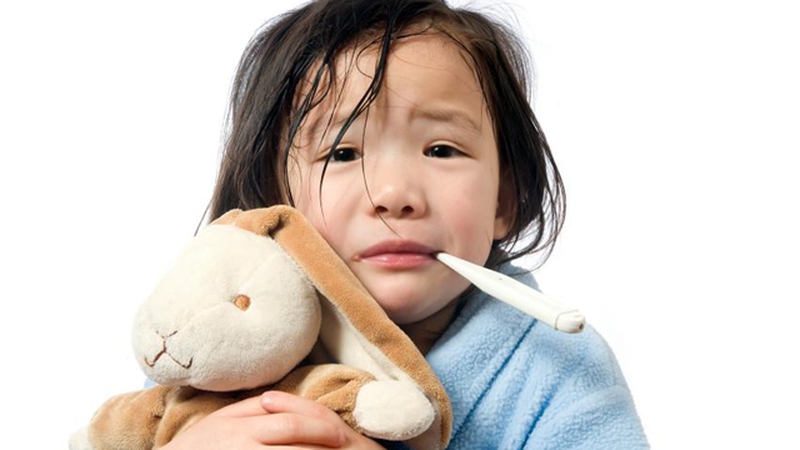Fever is caused by both internal and external factors. Changes in body temperature accompanied by body chills could arise from infection of the body or internal illnesses. Sometimes a fever comes about due to normal body changes such as a menstrual cycle, pregnancy or muscle aches from hard work. Other factors include viral and bacterial infection. Children can get a fever immediately after getting an immunization. If your body temperature is above normal and the body shivers, you might have fever. Below are some tips on how to treat a fever.
Treating a Fever in Adults
Rest
Have fever? Get some sleep. It could be caused by exhaustion or fatigue. Taking a rest improves your immunity and gives the body strength to fight potential illnesses.
Hydrate
Water is an important part of the body. When you drink more water, you clean up the body system, and replenish body fluids. Water improves the way your organs function. If you have fever from a cold, drink warm water.
Take a Pain Reliever
If your fever is caused by muscle aches, try taking an acetaminophen. Pain relievers like Ibuprofen will reduce inflammation and help you cope with the body effects. You can also take an aspirin.
See Your Doctor
Sometimes a fever is a sign of a serious illness. See a doctor if you get additional symptoms like a stiff neck or difficulty breathing.
Reduce Body Temperature
Sometimes fever accompanied by very high body temperature. Try lowering the temperature by placing a wet piece of cloth on your forehead for a few minutes.
How to Treat a Fever in Children
Get a Diagnosis
You shouldn’t take chances with children since you might not be able to identify any other symptoms apart from the high body temperature. See your doctor and let them determine what the problem is.
Soothe The Child
The minute you notice that your child has fever and they’re uncomfortable and crying uncontrollably, you should try to soothe them. Rock them and try to bring down their body temperature by placing a piece of wet cloth on their forehead. If the fever is as a result of immunization, you can give them pain killers under the guidance of a medical practitioner.
Get To The Root Of It
Sometimes, your child can get fever due to overexposure to extreme weather conditions. Too much sun can cause a rise in body temperature. If this is the case, you need not to panic. Get them to a place that’s a bit cooler and the fever will fade naturally.
Treat Fever by Symptoms
Fever and Chills
Fever that comes with chills could be a sign of respiratory infection, malaria or bacterial infection. It is also a possible sign for meningitis, sinusitis, pneumonia and urinary tract infections. Treat this by covering yourself lightly to reduce heat. Avoid taking a cold or hot shower.
Fever and Nausea
Sometimes the fever could be accompanied by vomiting or nausea. This has a number of possible causes. It could indicate pregnancy, food poisoning, viral pharyngitis, Hepatitis, or stomach infection. Consult a doctor for accurate diagnosis and treatment.
Use Natural Treatment
If fever causes sweating, headaches and muscle pain, place a soft wet cloth on the forehead. If you have loss of appetite and nausea, take ginger tea or warm water. Herbal tea with basil and honey also helps to reduce these effects. You can also add some garlic, raisin, or apple cider vinegar.
Fever and Ear Infection
When you have an infection in the middle ear, it affects the eardrum, causing a lot of pain. You need to take this seriously because it can lead to hearing loss. Want to know how to treat a fever caused by earache? Try using eardrops under the guidance of a medical professional. If this fever is as a result of travelling, apply a warm compress around the ear and use acetaminophen.
Fever from Insect Bite
Sometimes an insect bite such as a bee or tick bite causes inflammation and fever. Using tweezers can remove the sting (if it is a bee). Wash the area with soap and water or antiseptic then take pain killers.
Important notes: fever can be a symptom of a variety of conditions. While it is largely harmless and goes away on its own, you should seek medical attention if it is accompanied by symptoms such as weak muscles, rashes, loss of appetite, excessive sweating, and constant headaches.


View All Comments /Add Comment